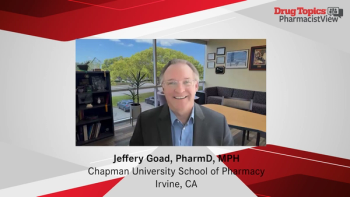
Herpes Zoster on the Rise Among Individuals Ineligible for Vaccine
Study suggests review of current recommendations.
The herpes zoster (HZ) incidence rate in the United States has been steadily
Statistics show that 1 out of 3 adults will experience
A team of investigators based at the Francis I. Proctor Foundation, University of California, San Francisco, noted that few studies of the incidence rates of HZ and PHN have been conducted since the introduction of 2 shingles vaccines—Zostavax in 2006 and Shingrix in 2017. When they conducted their study, both were available. Zostavax was subsequently removed from the US market by manufacturer Merck
Using the OptumLabs® Data Warehouse database, investigators focused on whether HZ and PHN rates had continued to increase. Incidence rates among more than 610,000 individuals with HZ were assessed. Unstandardized and standardized incidence rates were calculated by year, 10-year age groups, sex, and race/ethnicity. The median age of the subjects of the study was 56 years.
The investigators reported that between 1994 and 2018, the incidence of HZ increased from 286 to 580 cases per 100,000 person-years, for an annual increase of 3%. The results also showed that annual HZ incidence rates since 2007 have decreased in individuals below the age of 20 and those aged 60 and older.
Additionally, the overall incidence rate for PHN was 57 cases per 100,000 person-years. The proportion of individuals with HZ who developed PHN was higher from 2007 to 2018 than from 1994 to 2006.
“In this same period, HZ incidence rates continued to rise in individuals 31 to 60 years old,” Clinical Infectious Diseases reported.1 “This led investigators to caution that, ‘it is crucial healthcare providers and policymakers continue to advocate for HZ vaccination and consider revising age recommendations for vaccination to include individuals younger than 50 years of age.”
References
1. Thompson RR, Kong CL, Porco TC, et al. Herpes zoster and post-herpetic neuralgia: changing incidence rates from 1994 to 2018 in the United States. Clinical Infectious Diseases. August 2020. https://doi.org/10.1093/cid/ciaa1185
Newsletter
Pharmacy practice is always changing. Stay ahead of the curve with the Drug Topics newsletter and get the latest drug information, industry trends, and patient care tips.





























































































































